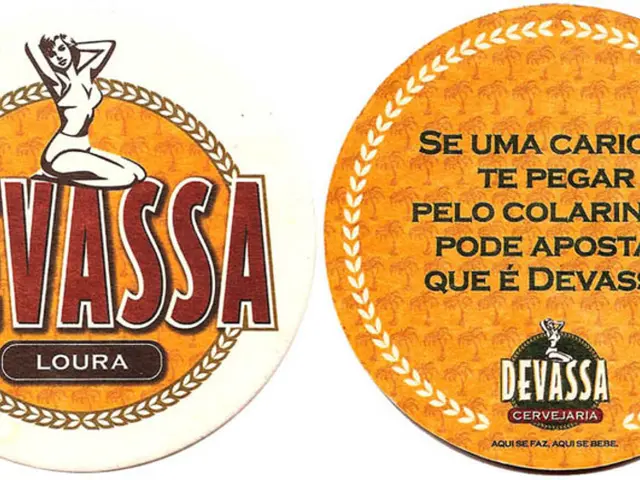Preserving Vegetables Through Canning for Later Use
Pickling Guide: Preserve Your Veggies and Up Your Flavor Game!
Alright, folks, let's dive into the art of pickling—a time-honored technique for extending the life of your seasonal veggies while amping up the flavor! Here's a step-by-step breakdown of vinegar and fermentation pickling methods, plus storage requirements to keep your pickled goodies safe and delicious.
Two Sides of the Pickle: Vinegar vs. Fermentation
1. Vinegar Pickling (AKA Quick Pickles)
- Process: Veggies are soaked in a mix of vinegar, water, salt, and sometimes sugar. Popular picks include cukes, carrots, beets, and radishes. Suitable for both short-term fridge life and long-term canned storage.
- Storage: Refrigerate for quick pickles, or process for long-term storage through canning.
2. Fermentation
- Process: Veggies get submerged in a saltwater brine, allowing lactic acid bacteria to do their thing. Cabbage, cukes, and daikon radish are favorites. Must be kept in the fridge for storage to maintain those probiotic benefits.
Pickling 101: Techniques to Give Your Veggies a Tasty Twist
Vinegar Pickling Process:
- Prep the Veggies: Wash, peel, and chop 'em up.
- Cook the Brine: Combine vinegar, water, salt, and sugar in a saucepan and reach boiling.
- Stuff Jars: Jar up your veggies, herbs, or aromatics—think garlic and dill.
- Pour in Brine: Cover your veggies with your hot or cooled brine solution.
- Seal and Chill: Seal the jars airtight either on the counter or after canning. Pop 'em in the fridge.
Fermentation Process:
- Prep the Veggies: Wash and cut them to the same size.
- Brine Time: Mix water, salt, and sugar to create a brine solution.
- Pack the Containers: Stuff your veggies into containers, leaving some space.
- Submerge and Weight: Pour the brine over your veggies, weighing them down to keep 'em submerged.
- Ferment Away: Cover the container and let it ferment for 1-4 weeks at room temp until it's pleasantly sour. Refrigerate for long-term storage.
Storage Rules: Keep Your Pickles Snappy and Bright
Vinegar Pickles:
- Short-Term Storage: Airtight glass jars in the fridge for up to 2-3 weeks.
- Long-Term Preservation: After canning, store sealed jars in a cool, dark place for up to a year.
Fermented Pickles:
- Storage: Nonreactive containers (glass or food-grade plastic) with a tight-fitting lid. Keep refrigerated for long-term storage.
- Shelf Life: Consume within 6-12 months for prime flavor and texture.
Pickling Pro Tips:
- Always opt for fresh, crisp veggies.
- Sterilize jars for protection against contamination.
- Keep veggies submerged during fermentation to prevent mold growth.
- Label jars with contents and preparation date for easy tracking.
Popular Veggies to Pickle
- Cukes
- Carrots
- Beets
- Onions
- Radishes
- Cabbage (sauerkraut)
- Cauliflower
The Great Pickle: A Delicious Way to Preserve Your Veggies
Ready to get your pickle party started? By mastering vinegar pickling and fermentation techniques, you'll enjoy longer-lasting, flavorsome veggies that'llbread the life of your meals! So go ahead, play around with spices and create your signature pickled creations!
cookingfood-and-drink picklingIncorporate pickling into your cooking lifestyle for a unique twist on old favorites and preserve seasonal veggies for longer enjoyment.
home-and-garden lifestyle cookingRemodel your kitchen to mirror a stylish cooking station that reflects your affinity for cooking and pickling, and create an inviting ambiance for homemade goods and meals.




